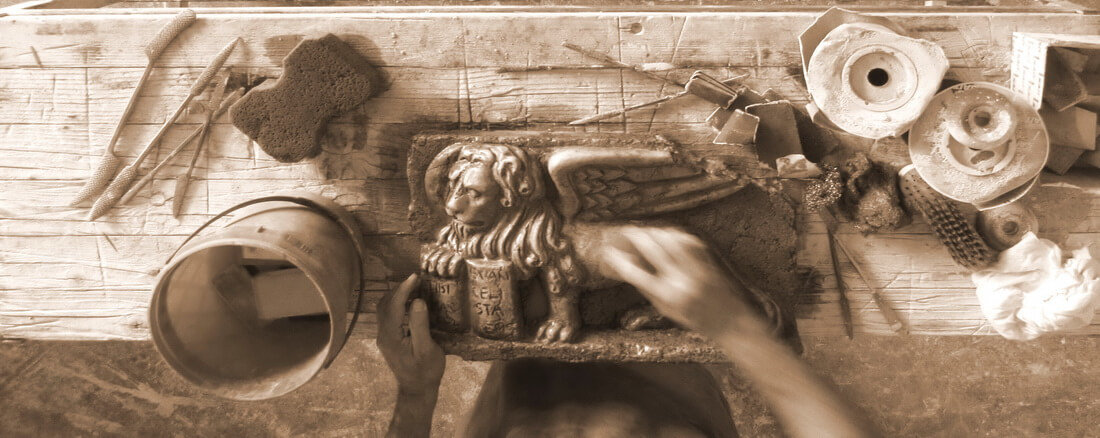
Antique abrasive tools for the handcrafted marble manufacturing
The antique abrasive tools are used in the traditional handcrafted stone manufacturing. They are necessary to cut, to pierce, to give depth and to realize the surface finishing through a rubbing and friction action.
In the past, they only worked with the manual movement, today some of them are also electrical.
Main antique abrasive tools still in use today
Saw
This tool is used for the abrasion cut; the blade slides into a crack with the help of sands mixed with water to obtain marble mirrors without big waste of material. The extracted slabs allow to realize refined manufacturings like the “book matched” effect.
Drill
This tool is used to make holes of same diameter for the full depth. The “bow drill” was used in ancient times, instead in the Middle Ages the “rod-shaped drill” was widely employed. It is useful to extract stone blocks making a series of consecutive holes, to make decorative manufacturings and to carve in undercut. Some drills also work by percussion.
Bow drill
It is one of the most antique tools still in use. It is employed to execute holes or dimples in undercut in order to give both depth to some details and light and shade effects. It is a hand drill composed of handle, small arch with cord and point. Holding the drill, you have then to turn the small arch so that the cord, twisting, creates a friction force on the point making a hole in the marble; reached the end stroke, the cord, spreading out, is able to come out the point from the hole made in the stone.
Rasp
It can have one or two points that are opposed, sharp and irregular, as the files, but the teeth are bigger and more thin. There are different shapes with various dimensions and different teeth. It is necessary to rough-hew, to rough-cut, to round, to scrape off and to smooth the surface, that seems so marked by a plot of overlapping scratches. Thanks to its tapering shape, it is also used for the definition of minute details.
It is one of the most antique and important abrasive tools mainly used for the marble manufacturing.
File
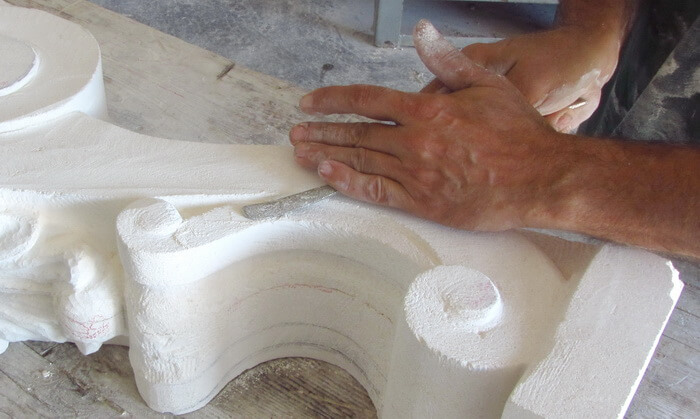
This tool is similar to the rasp but the teeth are more thin and thick. Itt is used to round, to accurately smooth and to finish the surface with particular effects.
Scraper
The scraper is a tool with a cutting edge and corners. It is especially used on soft stones to scrape off and to smooth.
Sometimes, the cutting edge is used to engrave the stone.
Natural abrasives
The emery, the pumice, the hard sandstones and the sand are often used in order to obtain a high smoothing. They are not tools but fine dusts that mixed with water can be very abrasive. Among the antique polishing techniques, they are particularly important.
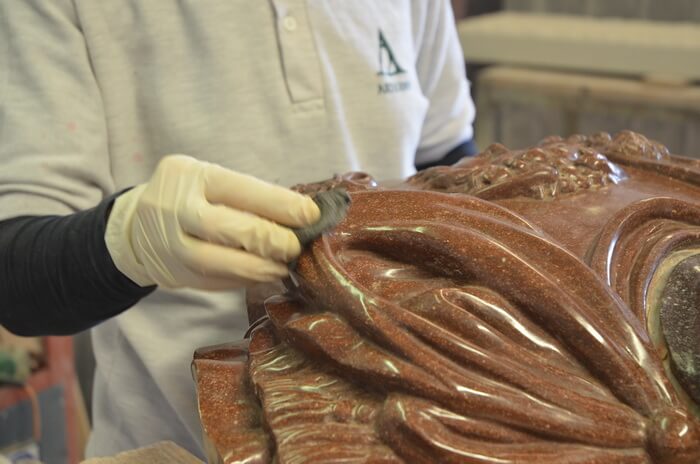
Today, on some materials, the steel wool is sometimes used. It is composed by a bundle of fiber threads of variable size.It allows to polish by hand also the most delicate and hidden points that often can not be reached and smoothed with the tools.
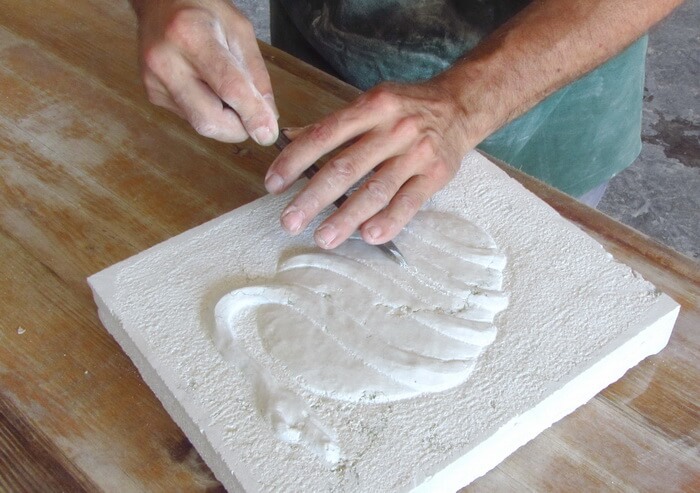
Point chisel
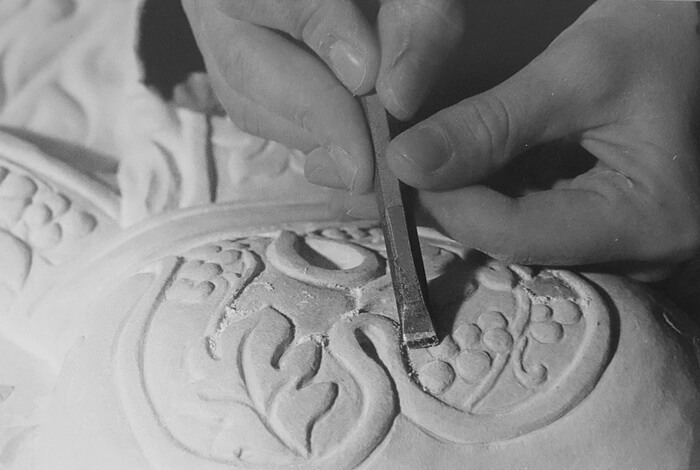
Narrow chisel
The chisel, that is a cutting percussion tool, can also be used alone in order to obtain a smoothing and a finishing of precision, with a light abrasion.
Today we still use some of these tools to safeguard a tradition that has ancient origins.
We try to reconcile the methods of the past with modern ones.
Among the various manual antique tools, there are also the percussion tools that are necessary to break, to extract blocks, to rough-hew, to rough-cut and to shape the material through a series of beats.
The tool is also chosen according to the artistic technique to be done.
This article contains general information. For questions and curiosities leave a comment below. If you wish to be contacted, please fill out the form.



